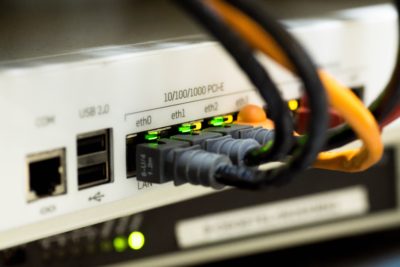
Most of the time, business owners and property managers trust that their Internet Service Provider (ISP) or LTE provider is in fact providing the wireless service that was paid for—monthly or annually—and is willing to quickly rectify any service issues.
Unfortunately, though, this is often not the case—the wireless resolution process often begins with human complaint. Only when a team member complains about poorly performing service do you begin to investigate the issue. But without a solution that tells you how your Wi-Fi or cellular network is performing in multiple locations, you can’t get a full picture of your service.
So the question remains: how can you successfully manage multiple wireless locations without breaking a sweat—or the bank?
A Better Way to Manage Wireless
Aside from your ISP, the access point is the next logical place for you to check on your Wi-Fi performance. The major issue with relying on this one device, though, is that the access point cannot tell you how your service is performing in the end user’s location; instead, it only provides details on what bits and bytes are currently flowing through its system in the specific place where it’s located (such as an IT closet or the ceiling).
The challenge, then, is to find a device that can measure and monitor your service in multiple locations as well as work with legacy and multiple device types and brands . Even if your wireless service products span several companies, you should still be able to measure performance data and know what an end user’s device would experience when trying to connect to the network.
Interpreting the Data
Rather than needing to chase down your wireless performance metrics, you should be able to get your data delivered to you. Notably, this data can tell you many different things about your service, including the network performance, signal strength, signal quality , and so on. But the most important factor to focus on is the end user’s experience. The data you receive should communicate information such as how well the services and applications performed. Not just technical information about the network or the connection quality but end-to-end information about the quality of the experience. In other words, a good Wi-Fi or cellular monitoring device should measure and report on how well the wireless network delivered the services and experiences that users need to access. .
Final Thoughts
A traditional problem has been that monitoring systems can be costly and time consuming, especially if an engineer needs to come onsite to connect wiring in your building.
Epitiro offers remote internet performance monitoring devices that allow you to track your service performance in multiple locations with ease. Our solutions enable you to simply plug the device into power at whatever location you want to monitor, and the data will automatically download to your dashboard. When you’re done with one location, you can easily unplug the device and move on to the next location.
Contact us today for more information about our cost-effective and easy-to-use internet performance measurement tools.
